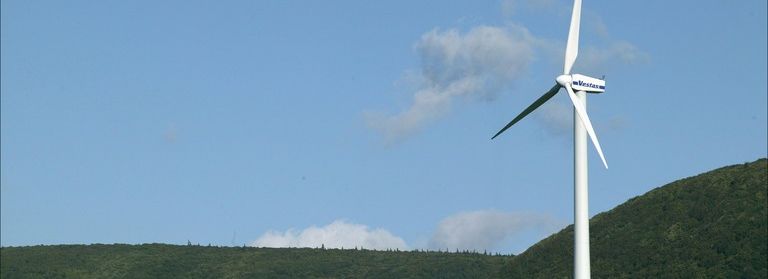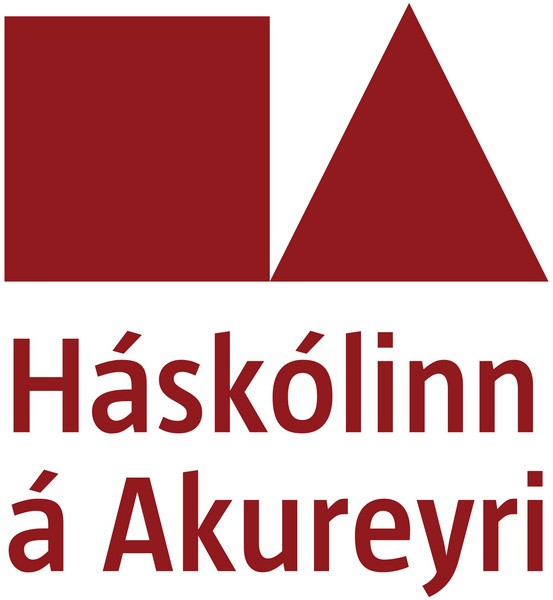Recently, the 5th open conference of the SEAFOODplus cluster project was held in Copenhagen. SEAFOODplus is one of the so-called cluster projects in the 6th EU research program and was launched in the beginning of 2004. On that occasion, a scientific publication was published, "Improving seafood products for the consumer", where many from Matís contributed material.
SEAFOODplus was one of the so-called cluster projects in the 6th EU research program and also one of the largest single research projects that the EU had funded at the time for research on fish and seafood (26 m?). The main goal of S-plus was to promote the health of European consumers by encouraging increased fish consumption and thus reducing the risk of cardiovascular disease.
The project is divided into two main parts and the larger part was dedicated to Research and Technology Development (RTD), which was divided into five main categories. One of these categories was dedicated to consumers (Seafood and consumer behavior and well-being). The aforementioned scientific journal is precisely a compilation of articles from this field.
The Fisheries Research Institute (IFL - now Matís), together with various major food research institutes in Europe, took part in organizing projects in the field of processing, quality and safety of seafood with an emphasis on improving the health and well-being of European consumers. Icelandic parties participated in more than a third of the research projects and managed two of them. Guðjón Þorkelsson, division manager at Matís, manages one of them, Propehealth.
The other part of SEAFOODplus focused on the transfer of knowledge to industry and the presentation of the results of research to industry (Industry, Training and Dissemination ITD). It is worth mentioning that Sjöfn Sigurgísladóttir, CEO of Matís, is the coordinator of Part 4 of ITD SEAFOODplus, entitled Creation of New Business Activities, in addition to being a member of the project's executive committee.
As mentioned before, a successful scientific journal was recently published "Improving seafood products for the consumer,”Book up to almost. 600 pages, which contains a large number of articles that are in one way or another related to the SEAFOODplus project. The book is published by Woodhead Publishing Limited in Cambridge, England and is divided into six parts.
Many of Matís' employees have articles in the book, as IFL / Matís took an active part in this pan-European research project, as previously stated. More information about the book can be found here.


















